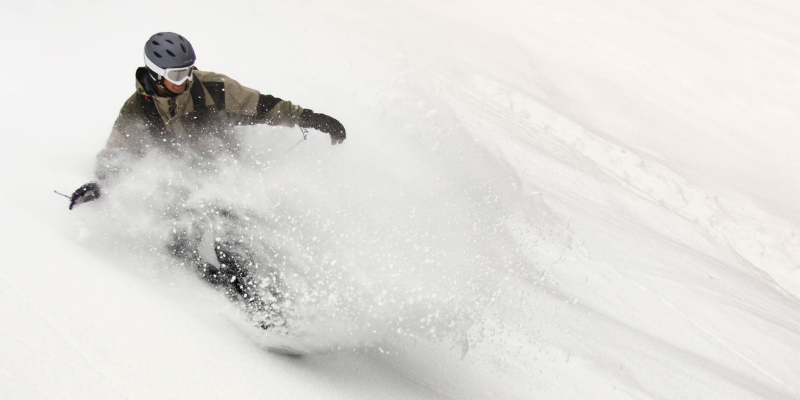By Nicolas Lopez
QubeCore Sports & Rehab Physiotherapist
As a physiotherapist and winter sports enthusiast, I’ve seen my fair share of ski-related injuries. Skiing, though thrilling, can be demanding on the body. Today, let’s delve into the biomechanics of skiing, explore common injuries, and discuss how physiotherapy can help in prevention and rehabilitation.
The Biomechanics of Skiing
Skiing involves a complex interplay of strength, balance, and technique. Two critical biomechanical factors are lower-leg alignment and the interaction between our legs, ski boots, and skis.
Issues like tibia vara can lead to difficulties in turning and maintaining a flat ski, increasing the risk of falls or injuries. Varus deformities in the foot can cause boot-fitting problems, knee pain, and challenges in edging the ski.
The Role of Ski Boots
Properly fitted boots and corrective orthotics can enhance comfort and performance. Excessive pronation can be addressed with orthotics, reducing strain on feet and knees.
Common Ski Injuries and the Forces Involved
- Anterior Cruciate Ligament (ACL) Injuries:
One of the most common ski injuries, often occurring during falls or sudden direction changes. The ACL can tear if the skier lands with a straight knee, twists the knee while falling, or tries to prevent a fall by bending backward.
- Medial Collateral Ligament (MCL) Injuries:
MCL injuries typically happen when the skier falls with the ski tips pointed inward, putting excessive stress on the inner knee.
- Meniscal Injuries:
Sudden twists or turns, especially with the foot fixed in the ski, can lead to meniscal tears.
- Skier’s Thumb:
Caused by falling on an outstretched hand while holding a ski pole, leading to a tear in the thumb’s ulnar collateral ligament.
- Lower Leg Fractures:
High-impact falls or collisions can lead to fractures in the lower leg, particularly in the tibia and fibula.
Preventing Ski-Related Injuries
- Proper Equipment: Custom-fitted ski boots and orthotics can prevent misalignment issues.
- Pre-Ski Conditioning: Strengthening exercises for the lower body can improve alignment and reduce injury risk.
- Technique Training: Learning proper skiing techniques is crucial to avoid harmful movements.
Physiotherapy in Ski Injury Prevention and Rehabilitation
Physiotherapists assess biomechanics and recommend exercises and equipment adjustments. Post-injury, physiotherapy focuses on restoring strength, flexibility, and balance through tailored programs.
Understanding the biomechanics of skiing and the common injuries associated with the sport is key to prevention. Remember, taking care of your body is as important as enjoying the thrill of the slopes. Stay safe and enjoy skiing responsibly!
QubeCore Sports & Rehab offers Physiotherapy services in North Vancouver for a wide range of conditions. To book your appointment with Nico Lopez, call 604.210.2274 or simply book online by clicking HERE.

